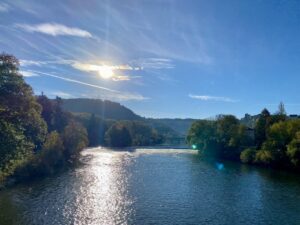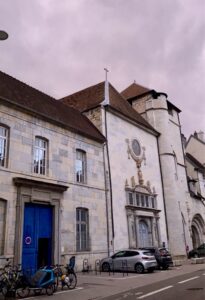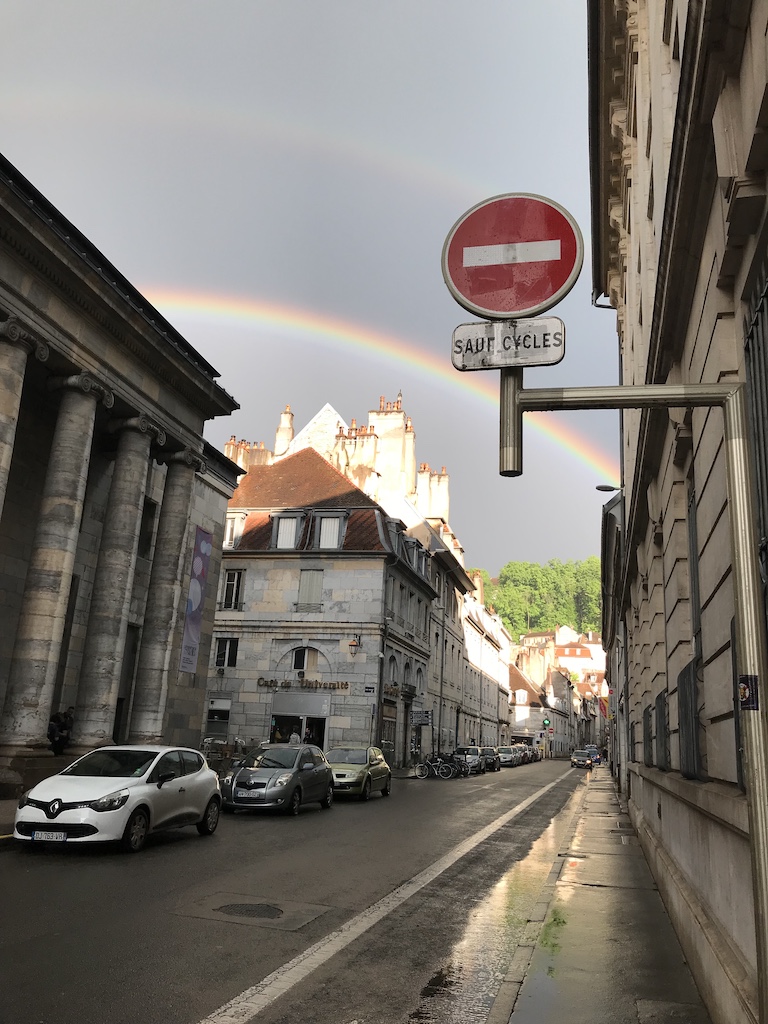


I admit that I’m a slow learner; I set quite simple goals, e.g. carry out at least one basic conversation in French. But I’ve felt the joy of learning through these many months, with all of its attendant failures, doubts, challenges, and successes. What I have learned from this master’s program is that I never want to stop learning. I’ve arrived at the belief that one’s education is truly what one makes of it. Despite the uphill climb in acquiring the basics of Ancient Greek and Latin, I loved grasping at the etymological roots of these subjects and understanding the philosophy behind the proverbs we’d recited. I pondered the evolution of scripts and the magical quality of the written word during my lessons in the history of writing. My lessons in print culture conveyed to me the artistry inherent in printing. The list goes on, insofar as curiosity remains expansive. My French still has a long way to go, but I remain optimistic.
What was of greater impact was having learned from others. I’m impressed with the skills and talents of the friends that I’ve made, particularly as someone who has been stubbornly monolingual throughout their life — not only as translators and communicators, but also as visual artists and graphic designers, creative writers, programmers, and more. As a relatively older person than those in my cohort, they set an example for me in the intelligence, creativity, and perspectives that they possess. DH values collaboration and the utilization of knowledge and expertise to carry out shared objectives, so I hope to be able to confidently assert my abilities and capacities when contributing to any future professional project with the same casual camaraderie and good humor that I’ve found with my friends here in Besançon. I’m excited to hear about what they dream to accomplish and to see what futures they will build for themselves.
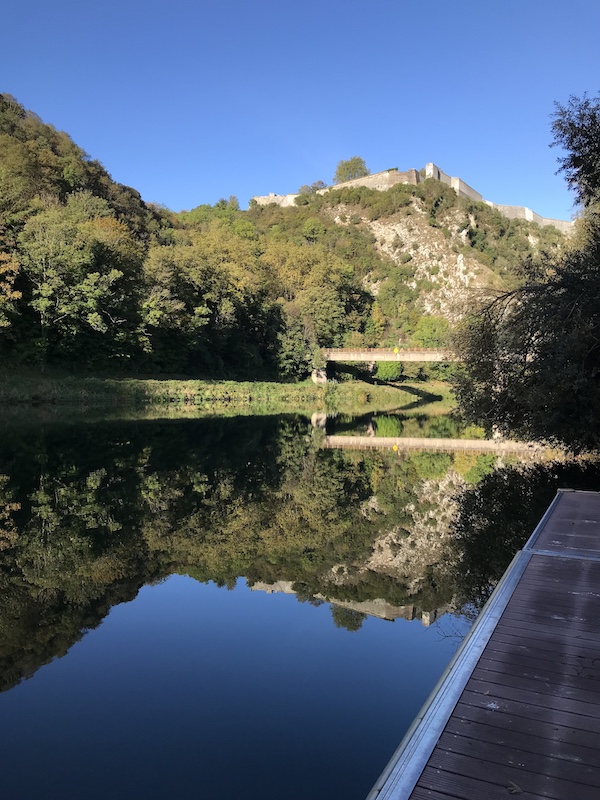
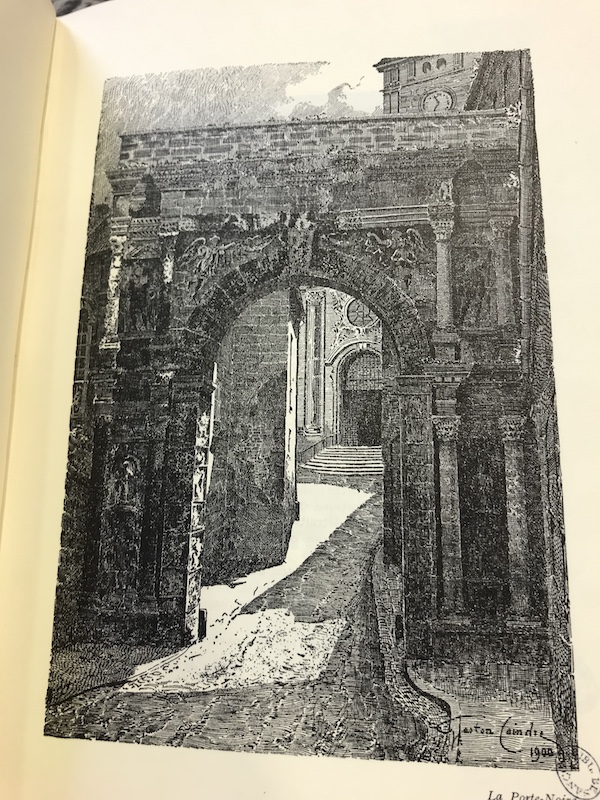
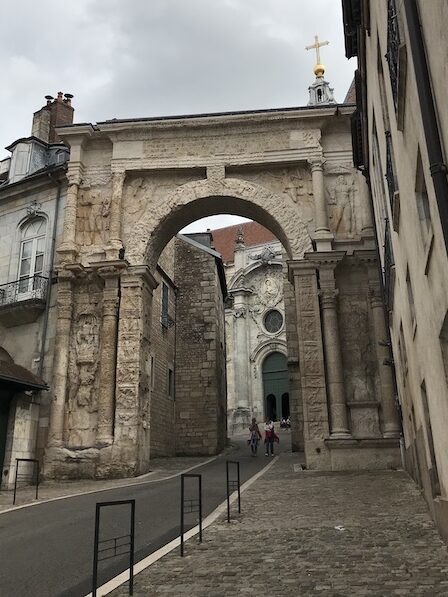
In this city of timekeeping, I’ve learned that the world is both smaller and bigger in ways that might not seem readily apparent, for time unfolds as though it physically carries the influences and the imprints of the past. The revolutionary leader Toussaint Louverture, whose new republic was established in tandem with the continental expansion of the United States via the Louisiana Purchase, was imprisoned and died in nearby Fort-de-Joux. I found the local painter Théobald Chartran, creator of the portraits of the leaders at the time of the Spanish-American War, which ushered in the overseas expansion of the United States. The effects of Proudhon’s radical philosophy have extended far beyond the Jura, from the Paris Commune to the Spanish Civil War. Frantz Fanon sustained a serious injury near Besançon as a soldier during the Second World War, a transformative experience for the most well-known voice of decolonization.
This interconnectedness was ever-present in the contents and details of the master, from the stemma codicum to polyglot Bibles, to the modern fonts we use on our word processors and the old Latin wisdom inscribed in different places throughout the city that reflects a contemporary light. The influence of this master will carry me forward, and I’m feeling very grateful toward my fellow classmates and professors for this experience as we begin to depart our intellectual home on La Boucle and move onward with the Doubs River towards our next destination in life.
